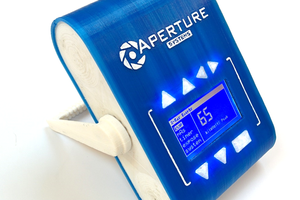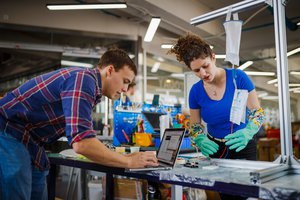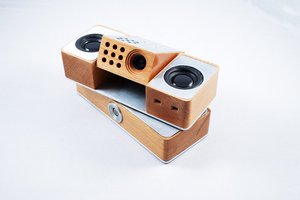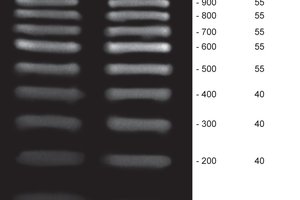Secco is developing novel hardware and technology to disrupt the laundry industry. Our first device dries and sanitizes small batches of clothing in an efficient and eco-friendly manner within one minute. Erika Ostroff and Arjen De Jong created Secco in an effort to revolutionize the largely unchanged and archaic laundry industry. The idea was born while Erika was balancing a full-time job and school, all while trying to maintain her workout routine. She’d return home after 8, 10 or 12+ hour days with wet, sweaty clothes in plastic bags that were provided by gyms and studios. (A “premium” that’s neither cost efficient nor eco-friendly.) It occurred to her that it would be so convenient if she could just dry her clothes after working out. Swimsuit dryers exist, but they aren't meant for clothes nor do they dry materials completely. She finished school, moved to New York, and was still facing the same predicament. She speed-dated seven engineers, but the chemistry was lacking. She met Arjen and together they sought out a solution. They met every day after work for two weeks to conduct and review chemistry/physics calculations and simulations. Arjen came up with eight feasible options, which were narrowed down to three concepts, then one. (Watch Rick demo our latest and greatest prototype, "Eleven".)
And it dawned on them: The entire washing and drying industry — a global time, energy, and money suck — had yet to be disrupted. We knew we were onto something, and added Rick to the team. We’d start by solving this irrefutable pain point with a first product.
Step one involved surveying, collecting relevant feedback, and testing this all out on paper with rough simulations and "back of the envelope" calculations. We then bought different off-the-shelf products and components to quickly iterate and validate. Budget, scalability, and manufacturability were always top of mind throughout the process.
We explored different concepts, instrumenting and testing along the way. These included ultrasonics, microwave-vacuum systems and the like. We finalized on one method controlling flows at the fabrics level and confirmed the energy needs. We partly created our own components (like heat exchangers, sensor rigs and the like), and did a systems analysis for getting other off the shelf components. We build two prototype machines that integrated the tech into a smaller package and did user testing. We worked on both the aesthetics and ergonomics. Ergonomics was also tested using cardboard full size setups, to see how people of different sizes can interact with our devices and what layout changes can be done. Material use was investigated, working also with transparent elements and anti-bacterial materials. Our DFM included getting as much as possible off the shelf components, and simplifying the structure for manufacturability. We are able to monitor the performance of the machines online as well, with detailed sensor outputs.
At this point, we have interest from a high-end international gym chain, which is just one segment of our market. We are laser-focused on creating a "designed for manufacturing" product with a smooth UX/UI to let out into the wild. We want to launch with a high-impact machine.
 Erika
Erika
 Adam Munich
Adam Munich
 Amanda Brief
Amanda Brief
 Ovidiu Sandru
Ovidiu Sandru
 Chuck Glasser
Chuck Glasser